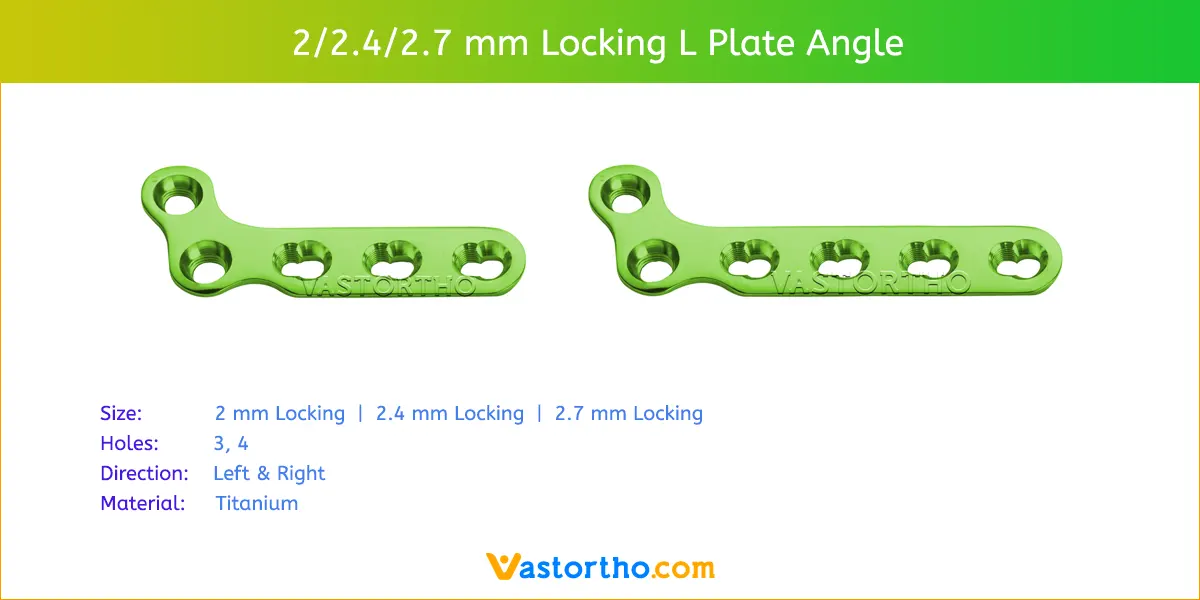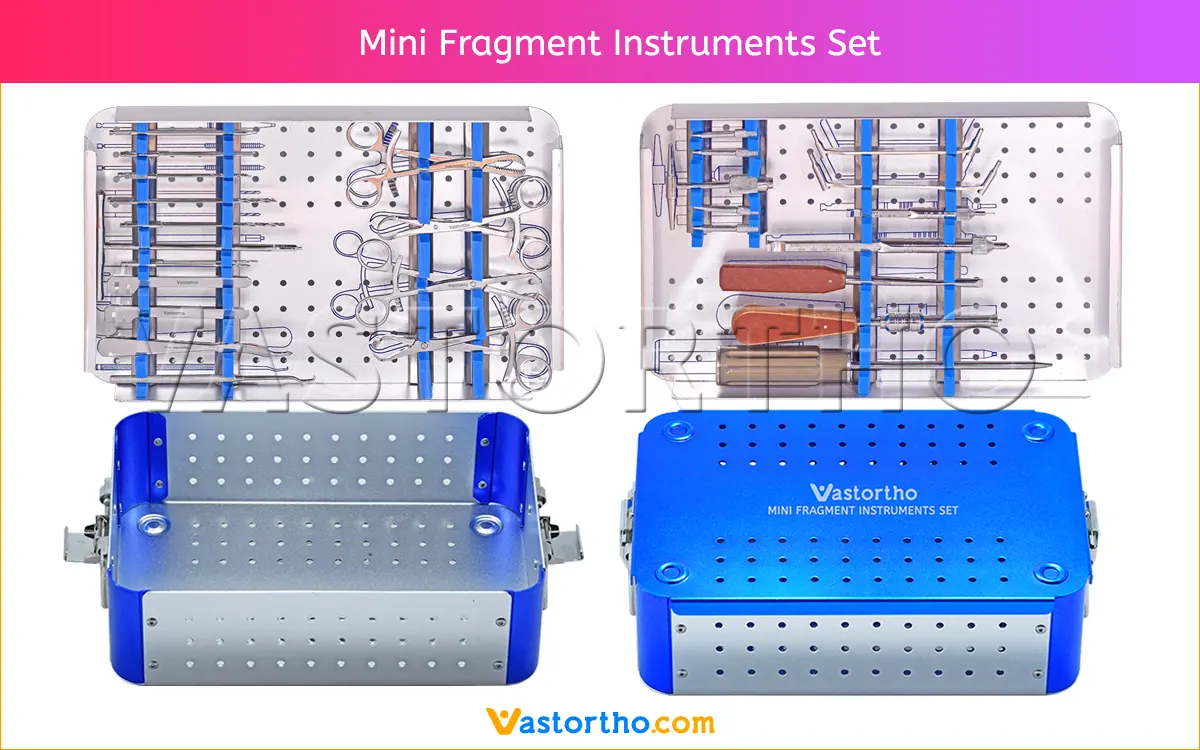Hand and Foot Plates
 https://www.vastortho.com/wp-content/uploads/2.4-mm-Locking-Compression-Plate.webp
600
1200
VastOrtho
https://www.vastortho.com/wp-content/uploads/Vast-Ortho-Logo-for-website.png
VastOrtho2023-04-10 16:55:472023-07-18 20:50:122.4 mm Locking Compression Plate
https://www.vastortho.com/wp-content/uploads/2.4-mm-Locking-Compression-Plate.webp
600
1200
VastOrtho
https://www.vastortho.com/wp-content/uploads/Vast-Ortho-Logo-for-website.png
VastOrtho2023-04-10 16:55:472023-07-18 20:50:122.4 mm Locking Compression Plate https://www.vastortho.com/wp-content/uploads/2.4-mm-Locking-Adaption-Plate.webp
600
1200
VastOrtho
https://www.vastortho.com/wp-content/uploads/Vast-Ortho-Logo-for-website.png
VastOrtho2023-04-10 11:15:112023-07-18 20:51:292.4 mm Locking Adaption Plate
https://www.vastortho.com/wp-content/uploads/2.4-mm-Locking-Adaption-Plate.webp
600
1200
VastOrtho
https://www.vastortho.com/wp-content/uploads/Vast-Ortho-Logo-for-website.png
VastOrtho2023-04-10 11:15:112023-07-18 20:51:292.4 mm Locking Adaption Plate https://www.vastortho.com/wp-content/uploads/2.4-mm-Locking-T-Adaption-Plate-3-Head-Holes.webp
600
1200
VastOrtho
https://www.vastortho.com/wp-content/uploads/Vast-Ortho-Logo-for-website.png
VastOrtho2023-04-10 11:08:472023-07-18 20:52:212.4 mm Locking T Adaption Plates 3 Head Holes
https://www.vastortho.com/wp-content/uploads/2.4-mm-Locking-T-Adaption-Plate-3-Head-Holes.webp
600
1200
VastOrtho
https://www.vastortho.com/wp-content/uploads/Vast-Ortho-Logo-for-website.png
VastOrtho2023-04-10 11:08:472023-07-18 20:52:212.4 mm Locking T Adaption Plates 3 Head Holes https://www.vastortho.com/wp-content/uploads/2.4-mm-Locking-T-Adaption-Plate-2-Head-Holes.webp
600
1200
VastOrtho
https://www.vastortho.com/wp-content/uploads/Vast-Ortho-Logo-for-website.png
VastOrtho2023-04-10 10:54:062023-07-18 20:53:462.4 mm Locking T Adaption Plate 2 Head Holes
https://www.vastortho.com/wp-content/uploads/2.4-mm-Locking-T-Adaption-Plate-2-Head-Holes.webp
600
1200
VastOrtho
https://www.vastortho.com/wp-content/uploads/Vast-Ortho-Logo-for-website.png
VastOrtho2023-04-10 10:54:062023-07-18 20:53:462.4 mm Locking T Adaption Plate 2 Head Holes https://www.vastortho.com/wp-content/uploads/2.4-mm-Locking-Y-Adaption-Plate.webp
600
1200
VastOrtho
https://www.vastortho.com/wp-content/uploads/Vast-Ortho-Logo-for-website.png
VastOrtho2023-04-08 14:40:592023-07-18 20:55:142.4 mm Locking Y Adaption Plate
https://www.vastortho.com/wp-content/uploads/2.4-mm-Locking-Y-Adaption-Plate.webp
600
1200
VastOrtho
https://www.vastortho.com/wp-content/uploads/Vast-Ortho-Logo-for-website.png
VastOrtho2023-04-08 14:40:592023-07-18 20:55:142.4 mm Locking Y Adaption Plate https://www.vastortho.com/wp-content/uploads/2.4-mm-Locking-Condylar-Plate.webp
600
1200
VastOrtho
https://www.vastortho.com/wp-content/uploads/Vast-Ortho-Logo-for-website.png
VastOrtho2023-04-08 13:48:562023-07-18 20:56:462.4 mm Locking Condylar Plate
https://www.vastortho.com/wp-content/uploads/2.4-mm-Locking-Condylar-Plate.webp
600
1200
VastOrtho
https://www.vastortho.com/wp-content/uploads/Vast-Ortho-Logo-for-website.png
VastOrtho2023-04-08 13:48:562023-07-18 20:56:462.4 mm Locking Condylar Plate https://www.vastortho.com/wp-content/uploads/2.4-mm-Locking-L-Plate.webp
600
1200
VastOrtho
https://www.vastortho.com/wp-content/uploads/Vast-Ortho-Logo-for-website.png
VastOrtho2023-04-08 13:22:292023-07-18 20:58:082.4 mm Locking L Plate
https://www.vastortho.com/wp-content/uploads/2.4-mm-Locking-L-Plate.webp
600
1200
VastOrtho
https://www.vastortho.com/wp-content/uploads/Vast-Ortho-Logo-for-website.png
VastOrtho2023-04-08 13:22:292023-07-18 20:58:082.4 mm Locking L Plate https://www.vastortho.com/wp-content/uploads/2.4-mm-Locking-L-Plate-Angle.webp
600
1200
VastOrtho
https://www.vastortho.com/wp-content/uploads/Vast-Ortho-Logo-for-website.png
VastOrtho2023-04-07 17:12:122023-06-13 23:34:042.4 mm Locking L Plate Angle
https://www.vastortho.com/wp-content/uploads/2.4-mm-Locking-L-Plate-Angle.webp
600
1200
VastOrtho
https://www.vastortho.com/wp-content/uploads/Vast-Ortho-Logo-for-website.png
VastOrtho2023-04-07 17:12:122023-06-13 23:34:042.4 mm Locking L Plate Angle

